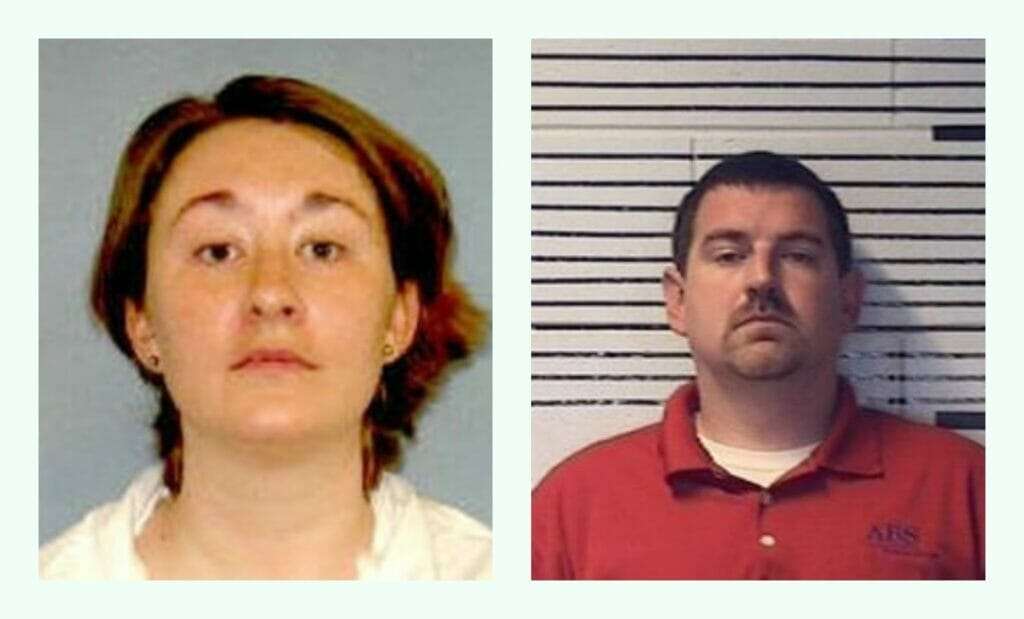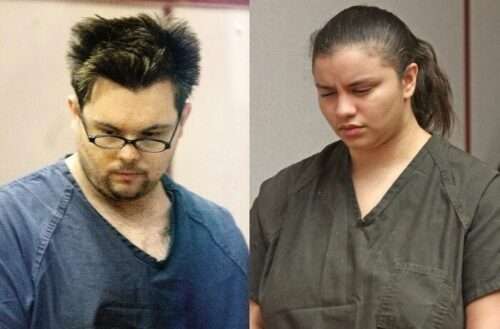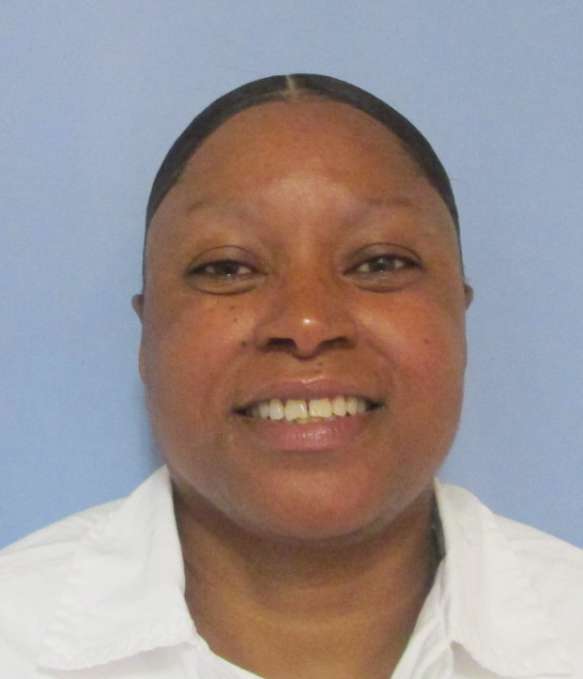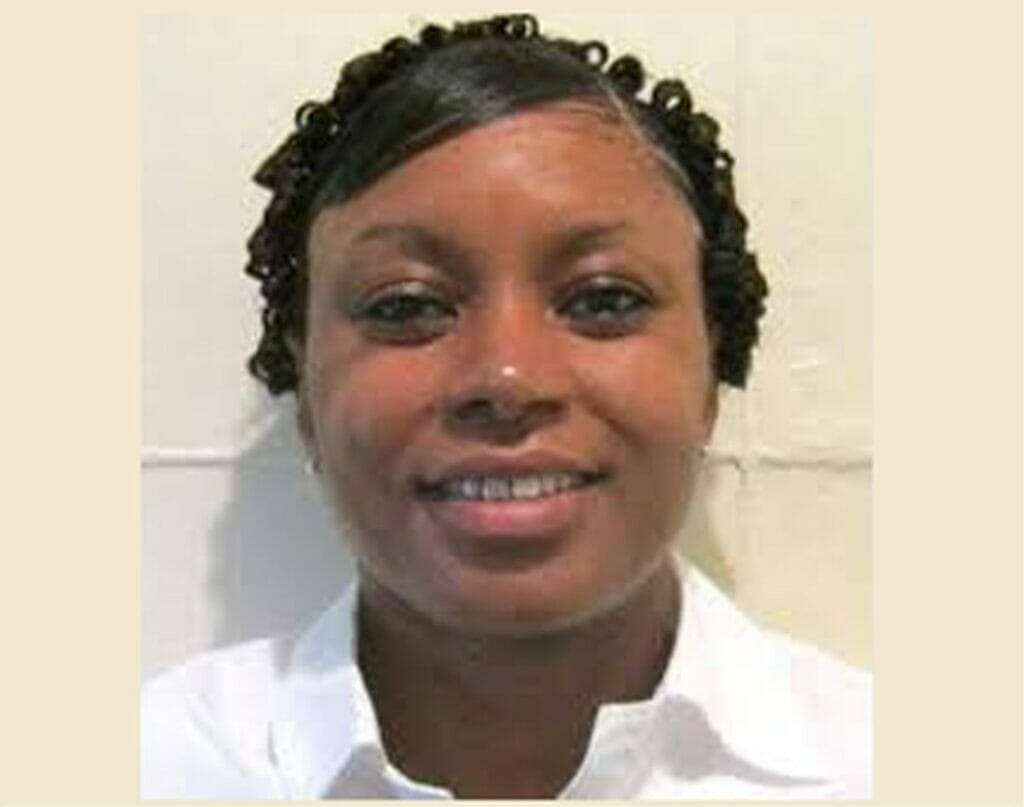
Lynda Block was executed by the State of Alabama for the murder of a police officer. Lynda Block would be executed by way of the electric chair on May 10, 2002
Lynda Block aka Lynda Lyon Block was born on February 8, 1948 in Orlando Florida.
Lynda who worked for a number of charity organizations and was the editor of a political magazine would enter into a common law relationship with George Sibley.
Lynda Block and George Sibley had failed to show up at court regarding an assault on Lynda’s ex husband and were on the run from authorities. Someone would phone the police and report a boy who appeared to need help and of a family living in their car.
When the police officer showed up he would park behind the car which contained George Sibley, Lynda Block and her nine year old son were in a nearby store, the officer would ask Sibley for his drivers license and soon after a gun fight began.
Lynda who would see what was taking place would draw her own gun and fire at the officer. When the officer turned towards her he was fatally shot in the chest.
Both George Sibley and Lynda Block would be charged with the murder of the officer and both would be convicted and sentenced to death.
George Sibley was executed on August 4, 2002. Lynda would be executed on May 10, 2005
Lynda Block Videos
Lynda Block More News
Lynda Block, 54, and her common-law husband, George Sibley Jr., were on the run after failing to appear on a domestic battery charge. With Block’s 9 year old son in the car, they stopped so Block could use the telephone in a Walmart parking lot. Opelika Police Sergeant Roger Lamar Motley had just finished lunch and was shopping for supplies for the jail when a woman came up to him and told him there was a car in the parking lot with a little boy inside. The woman was worried about him. She was afraid that the family was living in their car. Would he check on them?
Motley cruised up and down the rows of parked cars and finally pulled up behind the Mustang. Sibley was in the car with the boy, waiting for Block to finish a call to a friend from a pay phone in front of the store. Motley asked Sibley for his drivers license. Sibley said he didn’t need one. He was trying to explain why when Motley put his hand on his service revolver. Sibley reached into the car and pulled out a gun. Motley uttered a four-letter expletive and spun away to take cover behind his cruiser. Sibley crouched by the bumper of the Mustang. People in the parking lot screamed, hid beneath their cars and ran back into the store as the men began firing at each other. Preoccupied by the threat in front of him, Motley did not see Lynda Block until the very last moment.
She had dropped the phone, pulling the 9mm Glock pistol from her bag as she ran toward the scene, firing. Motley turned. She remembered later how surprised he looked. She kept on firing. She could tell that a bullet struck him in the chest. Staggering, he reached into the cruiser. She kept on firing, thinking he was trying to get a shotgun. But he was grabbing for the radio. “Double zero,” he managed to say — the code for help. He died in a nearby hospital that afternoon. In letters to friends and supporters, Lynda Block later would describe Motley as a “bad cop” and a wife beater with multiple complaints against him.
As part of the conspiracy against her, Lynda Block said, she was prohibited from bringing up his record in court. His personnel file makes no mention of any misbehavior. His wife says he was a kind and patient man. Both Lynda Block and Sibley received deeath sentences.
True to their “patriot” ideologies, Lynda Block waived her appeals. She has refused to accept the validity of Alabama’s judicial system, claiming that Alabama never became a state again after the Civil War. Lynda Block has been completely non-cooperative with her court-appointed attorney, who nevertheless attempted to work against her death sentence. First execution of a female in Alabama since 1957. She is the 9th female executed in the U.S. since reinstatement of the death penalty in 1976.
http://www.clarkprosecutor.org/html/death/US/block775.htm
Frequently Asked Questions
Lynda Block More News
The notoriously anti-government George Sibley was defiant up to the very end. Less than a minute before the chemicals entered his body he offered these last words. “Everyone who is doing this to me is guilty of a murder. To my sister and my niece, I want to express my gratitude and my love and my gratitude to my personal my saviour the Lord Jesus Christ.”
For a full three to five minutes after the procedure began Sibley held his gaze. He kept his eyes on his family sitting with those of us in the media. He glanced only one time at Officer Motley’s family.
He then gasped heavily three or four times before he passed out. Doctors pronounced Sibley dead after 15 minutes.
Afterwards, the officer’s family asked reporters not to focus on Sibley’s death.
It was an intense seen inside the condemned man’s witness room. The media sat with Sibley’s family. Sibley’s sister and niece prayed constantly. Both were forced to leave not by officers but by their own emotions before doctors pronounced Sibley dead. The family isn’t saying where they will bury the convicted cop killer but he is from Florida.
Officer Motley’s widow, Juanita Kirkwood, told us Wednesday she personally did not want the execution. Thursday, she said it was extremely difficult to watch but she felt justice was done
https://www.wsfa.com/story/3685398/convicted-cop-killer-george-sibley-jr-put-to-death/
Lynda Block Other News
Anti-government extremist George Sibley Jr. nodded to his relatives, stared at his victim’s family and gave a final statement of defiance before he was executed Thursday for the 1993 shooting death of an Opelika police officer.
“Everyone who is doing this to me is guilty of a murder,” Sibley said.
“My sister and my niece, I want to express my love and gratitude . . . and gratitude to my Lord and Savior, Jesus Christ,” Sibley said after being strapped to a gurney for the lethal injection to begin.
Officials at Holman Prison near Atmore said Sibley died at 6:26 p.m. The execution was carried out after the U.S. Supreme Court denied Sibley’s request for a delay and Gov. Bob Riley turned down Sibley’s request for a six-month postponement.
“There is no new evidence that would justify such a delay,” the governor said.
George Sibley and Lynda Block refused for years to file appeals. Before Lynda Block was put to death, she claimed through an attorney that Alabama never became a state again after the Civil War and she therefore did not recognize the state’s court system.
Motley’s widow, Juanita Motley Kirkwood, witnessed the execution, along with his mother, sister, son and two stepsons
http://legacy.decaturdaily.com/decaturdaily/news/050805/sibley.shtml
Lynda Block FAQ
Why Was Lynda Block Executed
Lynda Block was executed for the murder of a police officer
When Was Lynda Block Executed
Lynda Block was executed on May 10, 2002


















